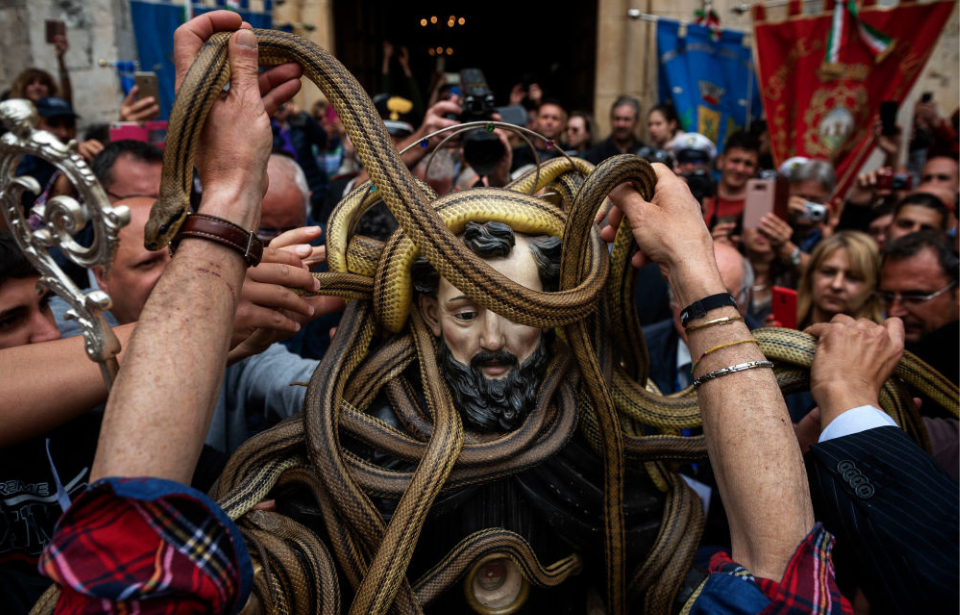Welcome to the enchanting village of Cocullo, nestled in the heart of Italy’s Abruzzo region, where an extraordinary celebration takes place every year. Known as the Festival of the Snake Catchers, this unique event is steeped in ancient tradition and folklore. Every spring, locals and tourists gather to pay homage to a patron saint, in what is certainly a unique (and somewhat terrifying) ceremony.
Cocullo, Italy
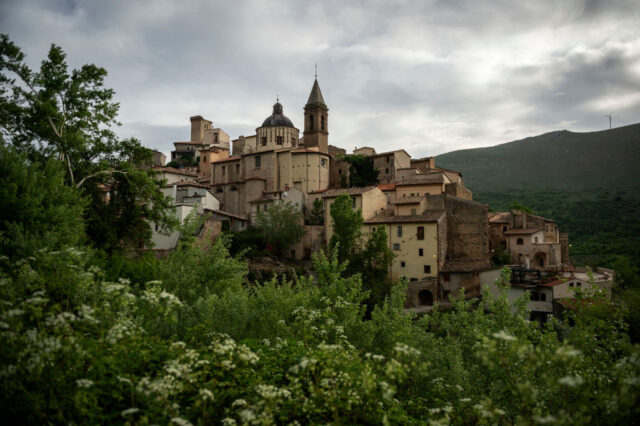
Cocullo is a stunning example of a medieval Italian town. The site was believed to have been settled before ancient Roman times and inhabited during the era, as numerous artifacts have been found nearby.
The current village, however, was founded around the 10th century AD. It stood as part of the barony of Pescina, castle and all. There are many unique buildings to see, including the Church of Madonna delle Grazie and the Sanctuary of St. Dominick the Abbo, but these aren’t what draws in massive crowds every year.
Festa dei Serpari
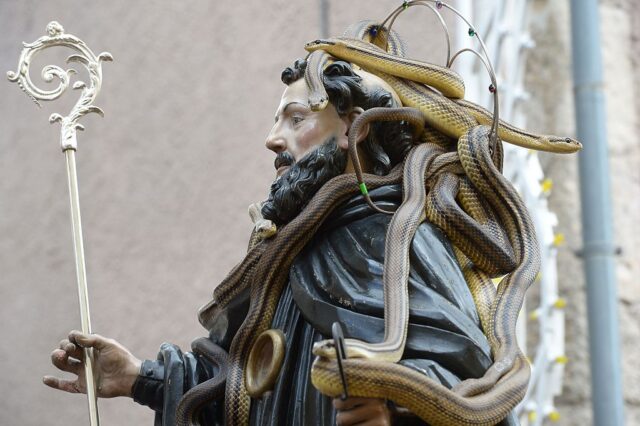
The Festa dei Serpari – or Festival of the Snake Catchers – brings thousands of visitors to Cocullo. It’s held annually on the first of May to honor Dominic di Sora, the patron saint who protects against both toothaches and snakebites.
The festival is said to honor him, as he removed snakes from the local farmers’ fields sometime in the 11th century. There’s also a connection between this celebration and the ancient inhabitants of the area, who used to worship the Roman goddess of snakes, Angitia.
A special ceremony
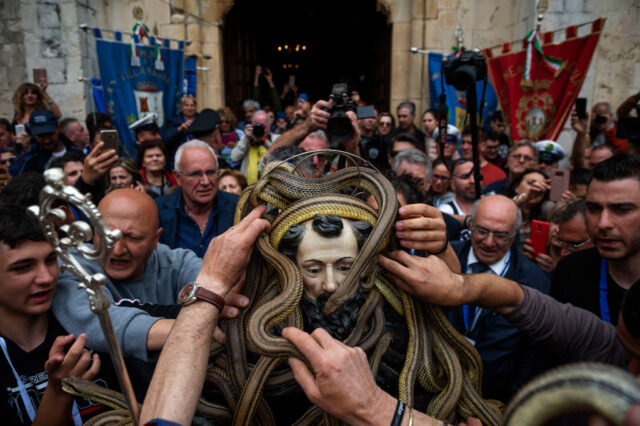
The ceremony happens after Mass is held, when an enormous statue of Saint Domenico di Sora is brought out into the streets and paraded around. What makes this different than other religious ceremonies is that he’s covered in snakes for the entirety of the procession.
Walking with the statue are a group of people called the Serpari, local snake charmers who also cover themselves with the reptiles. They play another special role in the ceremony, as it’s their job to catch the snakes that cover the saint.
Snakes everywhere
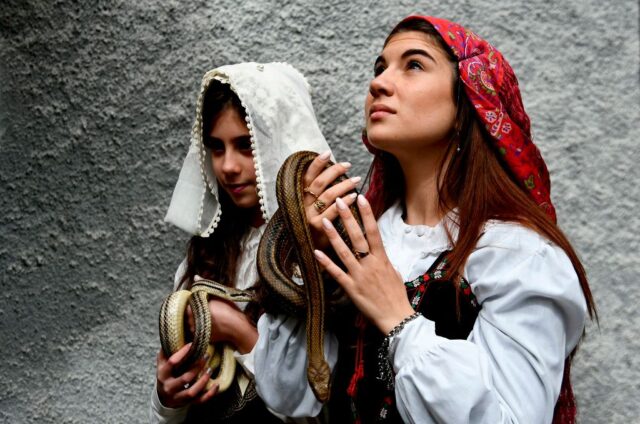
Four different types of serpents, all harmless, are used. The Serpari‘s work begins far in advance of the festival, around March 19, as it’s a lengthy process to catch the number of snakes needed for the spectacle. Despite being non-venomous, their fangs are still removed.
Once they’ve been caught, the Serpari hand the serpents out to people in the crowd, so they may place them on the statue of Saint Domenico di Sora in advance of the procession. Only when the snakes almost completely cover the statue does the march begin.
An elaborate procession
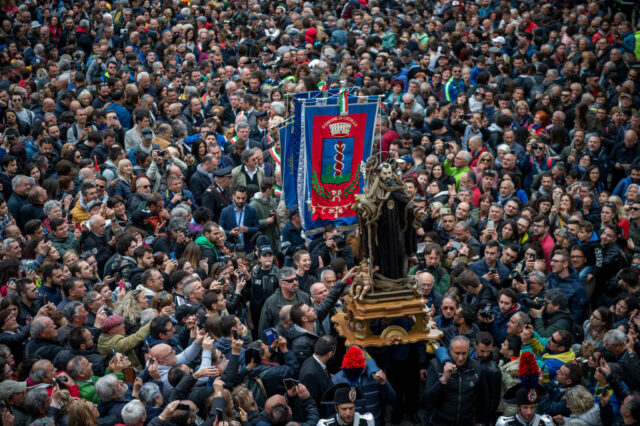
The procession is long, but there’s certainly more to see than just snakes and a statue. In addition to the Serpari, a brass band marches with the group and young women carry pastries shaped like snakes on their heads. Why they do this is unclear, but it’s part of the festivities nonetheless.
More from us: The True Story Behind the Costa Concordia Shipwreck
When all is said and done, the snakes are released back into the wild, surely to be roped back into another ceremony in the coming years. Given the ancient history of the Festival of the Snake Catchers, it was nominated as a cultural ceremony for UNESCO protection, although at the time of writing, it is unclear whether this was granted.
